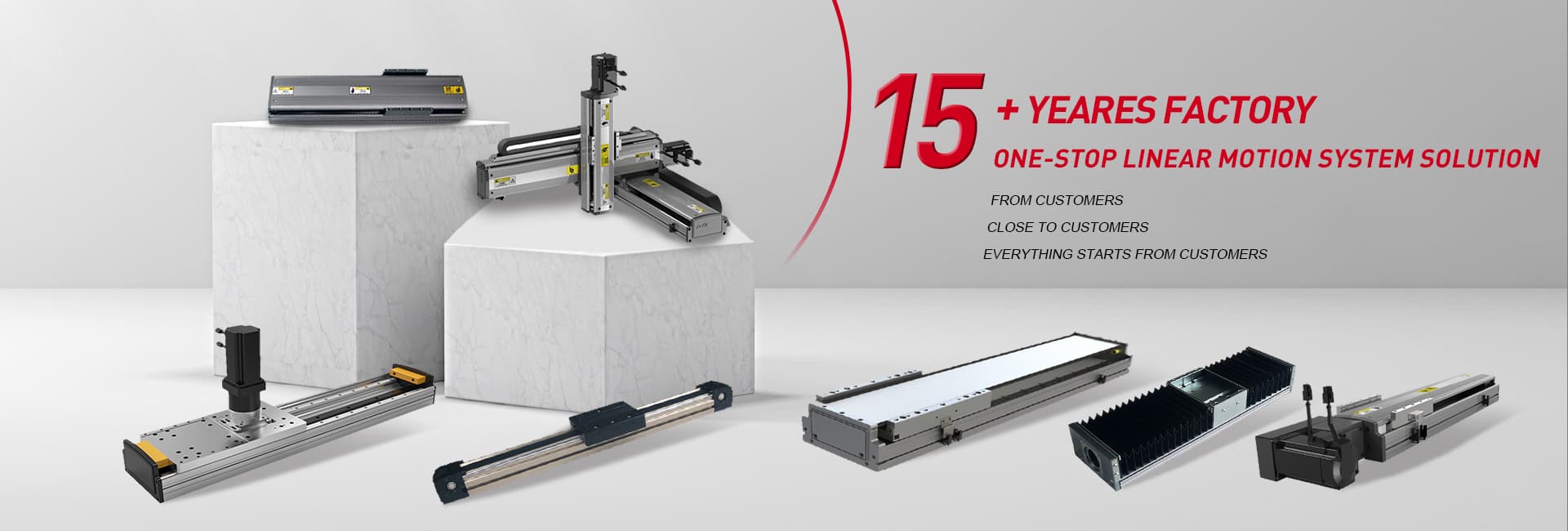
Linear actuators are the backbone of precision motion control in automation. At RYK Motion, we engineer high-performance linear modules for industries demanding reliability. Let’s break down their workings, types, and applications.
What Is a Linear Actuator?
A linear actuator is a device that converts rotational motion into linear motion. It typically uses an electric motor or hydraulic pressure to create motion along a straight line, rather than rotating motion. Linear actuators are essential components in various automation systems, providing precise control over mechanical movements.
Applications of Linear Actuators
Linear actuators are found in many industries due to their versatility. Common applications include:
- Automation: Used in manufacturing, assembly lines, and robotics to automate movements.
- 3D Printing: Linear actuators are used to drive the printhead and control the movement of the bed.
- Medical Devices: In devices such as hospital beds, prosthetics, and surgical tools.
- Automotive: Used in car seat adjustment, lifting mechanisms, and sunroofs.
- Home Automation: For applications like window opening systems, blinds, and adjustable furniture.
Features of Linear Actuators
Linear actuators have several notable features that make them suitable for various applications:
- Precision and Accuracy: Provide high control and positioning accuracy.
- Load Handling: Capable of handling heavy loads depending on the design.
- Energy Efficiency: Typically more energy-efficient than traditional mechanical systems.
- Low Noise: Many models operate quietly, which is important in environments like hospitals.
- Durability: Long lifespan, especially in models designed for heavy-duty applications.
Types of Linear Actuators
There are various types of linear actuators, each suited to different needs and applications. These include:
- Belt Driven Linear Actuators:
These actuators use a belt and pulley system to convert rotational motion into linear motion. They are known for high speed and relatively low load capacities, making them ideal for applications requiring fast, light movements.
- Ball Screw Driven Linear Actuators:
These actuators use a ball screw mechanism to provide high accuracy and load capacity. They are commonly used in CNC machines, precision robotics, and other applications requiring high precision.
- Rack and Pinion Driven Linear Actuators:
These actuators use a gear system to provide motion. They are typically used in applications requiring heavy-duty motion over longer distances.
- KK Linear Actuator:
These are customized or specialized linear actuators, designed to meet unique operational needs. They can be used in a variety of complex or custom automation systems.
- Embedded Module:
These linear actuators are integrated into systems or equipment, offering a compact and efficient solution where space is limited.
Conclusion:
From factory floors to outer space, linear actuators drive innovation. At RYK Motion, we tailor solutions for your exact needs. Need a custom actuator? Contact our team today!

